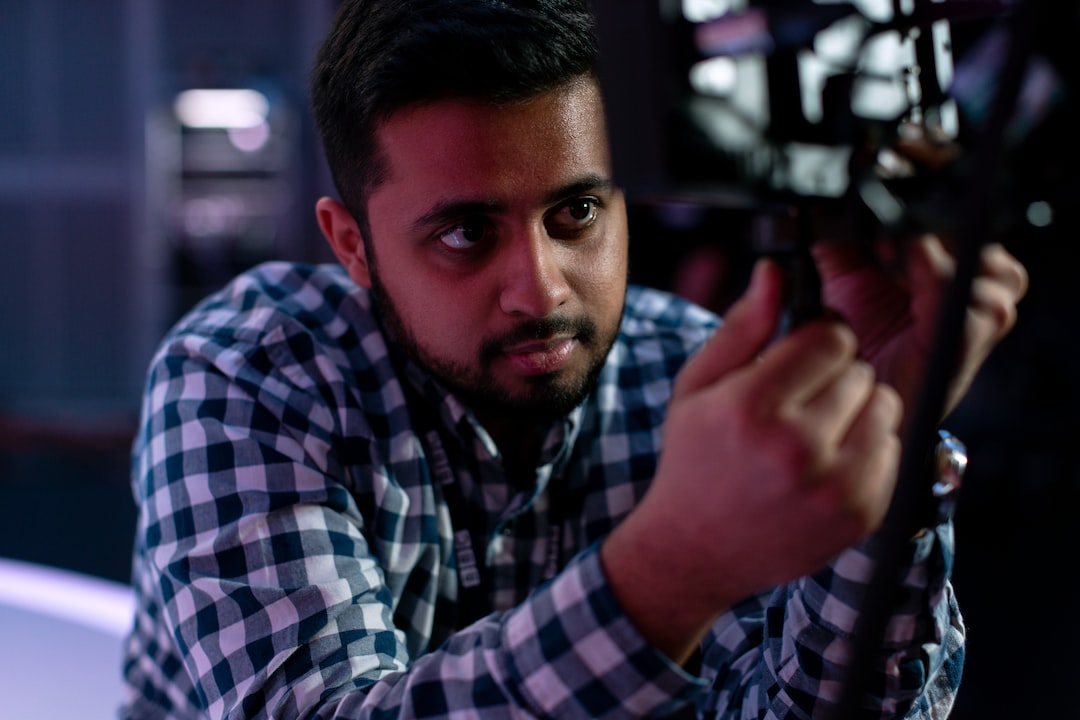Virtual reality (VR) is revolutionizing various industries, and engineering design and prototyping are no exceptions. With the advent of advanced VR technologies, engineers can now leverage the power of virtual environments to streamline and enhance their design processes. In this blog post, we will delve into the application of virtual reality in engineering design and prototyping, exploring its benefits and potential future implications.
One of the primary applications of virtual reality in engineering is the creation of immersive design experiences. Traditionally, engineers relied on 2D drawings, blueprints, and physical prototypes to visualize and analyze their designs. VR eliminates these limitations by enabling engineers to step into a virtual model of their design. By donning a VR headset, engineers can explore their creations in a 3D environment, gaining a realistic sense of scale, depth, and perspective. This immersive experience facilitates better design understanding and evaluation, leading to more informed decision-making during the design phase.
Furthermore, virtual reality allows engineers to simulate the functionality of their designs. Through haptic feedback and precise tracking systems, engineers can interact with virtual models as if they were physical objects. This dynamic interaction enables engineers to assess the ergonomics, functionality, and performance of their designs early in the process, reducing the likelihood of costly errors and design flaws. For example, automotive engineers can virtually sit inside a car and analyze the placement of controls, ensuring optimal accessibility and comfort. This iterative VR design approach saves time and resources, accelerating the overall product development cycle.
Another remarkable application of virtual reality in engineering design and prototyping is collaborative design. Modern engineering projects often involve interdisciplinary teams spread across different locations. VR facilitates virtual collaboration by enabling engineers from distinct locations to work simultaneously in a shared virtual environment. Through avatars and live communication channels, team members can interact, discuss, and modify designs in real-time, fostering effective collaboration and reducing communication barriers. This virtual collaboration feature is particularly beneficial when working on complex projects that require input from multiple experts.
Virtual reality also plays a crucial role in virtual prototyping. Traditionally, physical prototypes are time-consuming and expensive to produce. With VR, engineers can eliminate or reduce the need for physical prototypes by creating and evaluating virtual prototypes. These virtual prototypes, which behave similarly to real objects, can be tested and refined without the costs associated with physical prototypes. This cost-saving aspect of virtual prototyping allows engineers to explore multiple design iterations and variations, optimizing their designs more efficiently.
Looking into the future, the potential applications of virtual reality in engineering design and prototyping seem boundless. As the technology continues to advance, engineers will likely have access to more immersive and realistic virtual environments. Furthermore, with the integration of artificial intelligence, engineers might harness VR for automated design optimization and analysis. For example, AI algorithms could analyze the design parameters in real-time, generating optimal design suggestions. This fusion of virtual reality, AI, and engineering has the potential to vastly enhance the overall design and prototyping processes, unlocking unprecedented levels of efficiency and innovation.
In conclusion, virtual reality is transforming engineering design and prototyping by providing immersive experiences, facilitating dynamic interaction, enabling collaborative design, and reducing the need for physical prototypes. By leveraging the power of VR, engineers can refine their designs more effectively, make informed decisions, and accelerate the product development cycle. As virtual reality technology advances, engineers can look forward to even more exciting applications and possibilities in the future.


